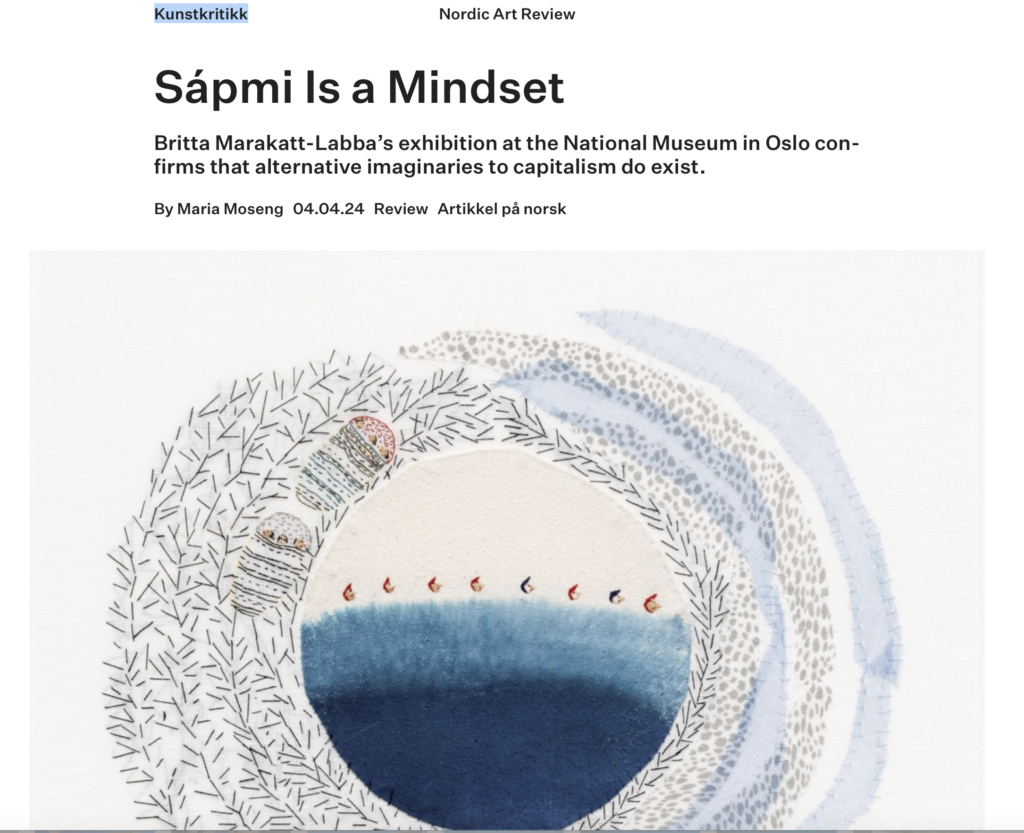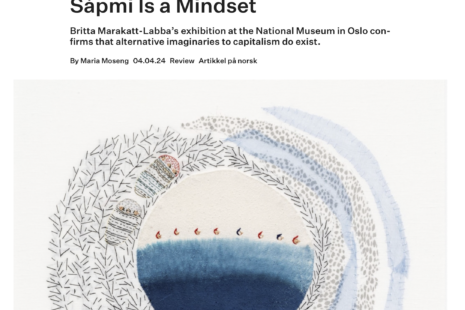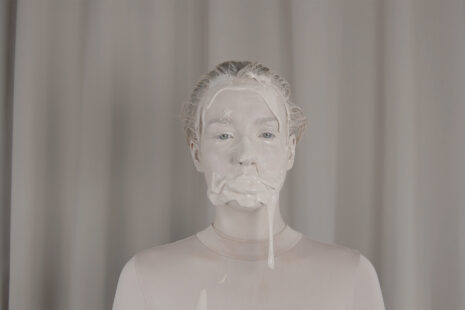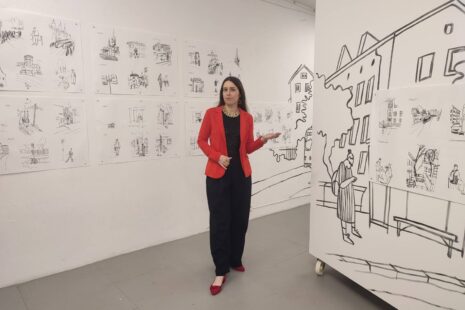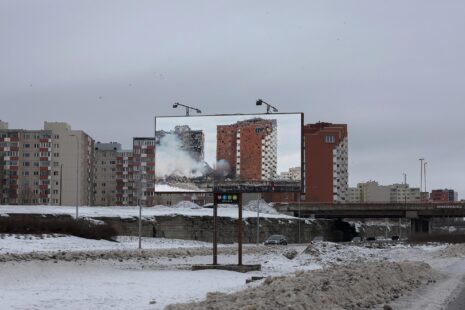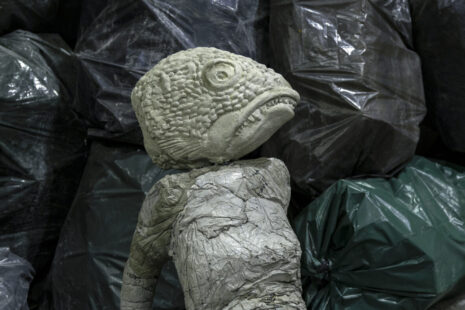Since the 1970s, Marakatt-Labba has distinguished himself as a very special voice in the Nordic art world. With needle and thread in various materials and thicknesses, she patiently builds up her image world and reflects elements from Sami everyday life and history. She conveys a universe of stories linked to her own experiences from Sami life and culture, with a message that we must preserve natural resources.
In 2017, Britta Marakatt-Labba made a major international breakthrough with her participation in the contemporary art exhibition “documenta 14” in Germany. She has been purchased for many museums and private collections, and has received a wide range of prizes and awards. In 2020, she was awarded the Prins Eugen medal for outstanding artistic achievement. After countless exhibitions at home and abroad over the past forty years, she is now considered one of the foremost textile artists in Sápmi and the Nordic region.
For the National Museum’s exhibition, she has created also a completely new work with a strong warning against the hunt for minerals linked to mining in her home town of Kiruna, and the industrialization of society in nature. Myths, dreams and faith are also important themes in her pictures, which are often characterized by a humorous undertone.
In the exhibition you can experience her first sketches and drawings, which have never been shown before, and iconic works such as Garjját/Crows (1981) and Girdi noaiddit/Flying Shamans (1986). Central to the exhibition is the monumental main work Historjá , a 24 meter long embroidery in which she depicts scenes from Sami history, mythology and everyday life.
See the exhibition in Oslo open until 25.08.2024. Exhibition info at Art Guide https://noba.ac/en/exhibition/britta-marakatt-labba-moving-the-needle/
Maria Moseng writes in her review that it is difficult to see any “us and them” in these images, perhaps because this more planetary or geological conception of time ultimately speaks to the essential homelessness of us all. They speak of a particular way of life as much as they talk of symbols and references specific to a given culture, evoking a regime of knowledge that collapses the distinctions between nature and culture, subject and object.
Exhibition brings scenes from Sámi history to viewer – a history that has never been written from within in a canonised form, and one whose anchoring in the place and in the cycle of nature is illustrated by the fact that here it can be read in both directions. It foregrounds the form of the narrative as a political (and anti-colonialist) project, intervening in what Michel Foucault called “the archive,” meaning the fundamental formations that determine what is seeable and sayable as history.
Marakatt-Labba’s recurring themes: political as well as everyday scenes executed in black, grey, and occasionally brightly coloured stitches; strikingly small figures on a light-coloured background; details with a graphic quality that belongs to a landscape covered in fresh snow. As the figures hunt, fish, hold councils, or sleep and dream for that matter, the spirit world is never far away, sometimes appearing as a horizontal mirroring of the human and animal figures, or as small heads of goddesses wearing red horned caps among the birch trees (the horned cap, a Northern Sámi women’s hat, was condemned by the Laestadians, a pietistic Lutheran revivalist movement, in the 19th century, presumably because the horn in front evoked too many associations to the underworld).’
At the same time, it is striking how animals and people almost always appear in groups, flocks, and herds – a flock of lines that can easily be transformed into mountains and wide expanses in the topography of the landscape.
Read the whole review https://kunstkritikk.com/sapmi-is-a-mindset/
Text composed from exhibition introduction and Maria Moseng review in Kunstkritikk.

